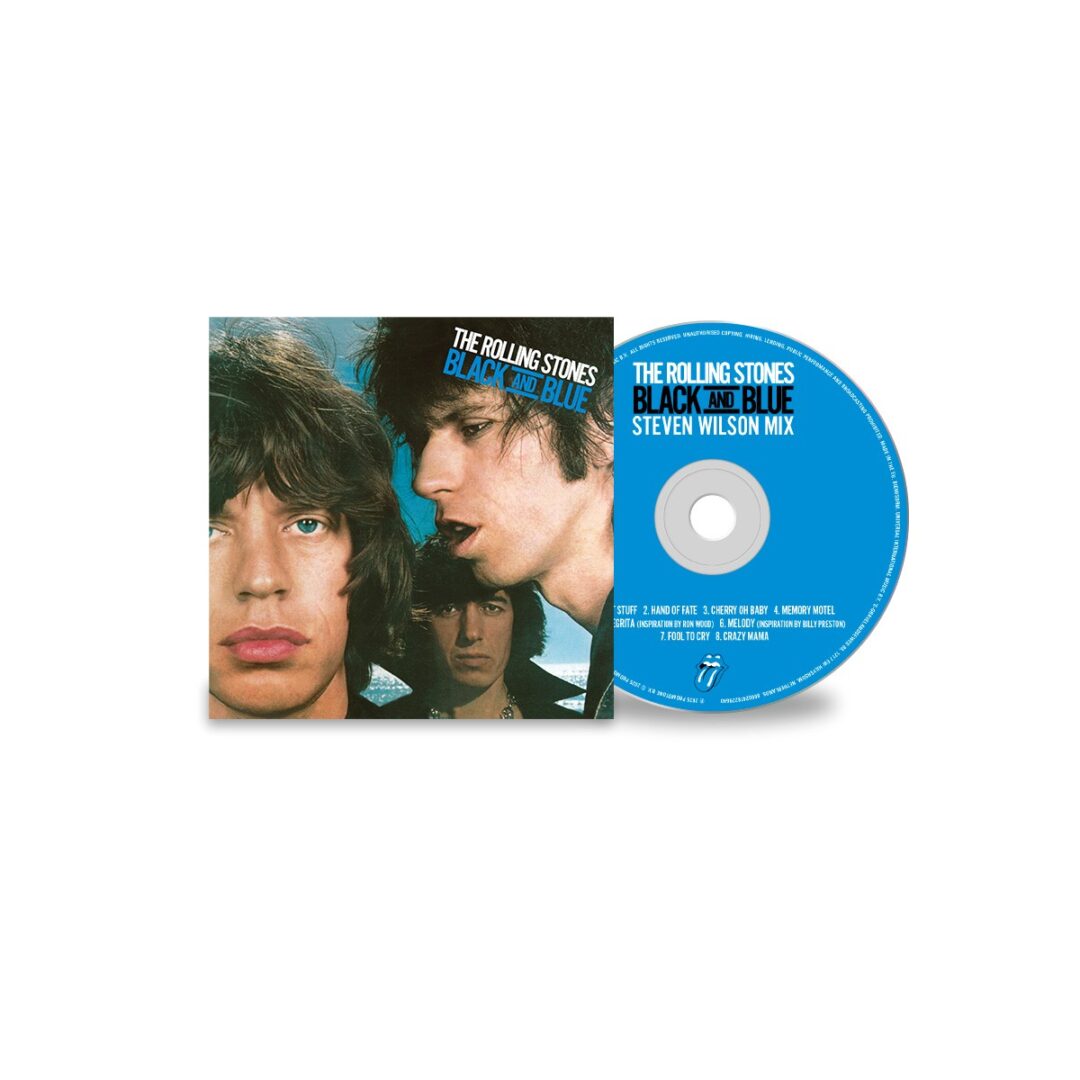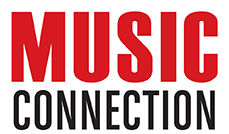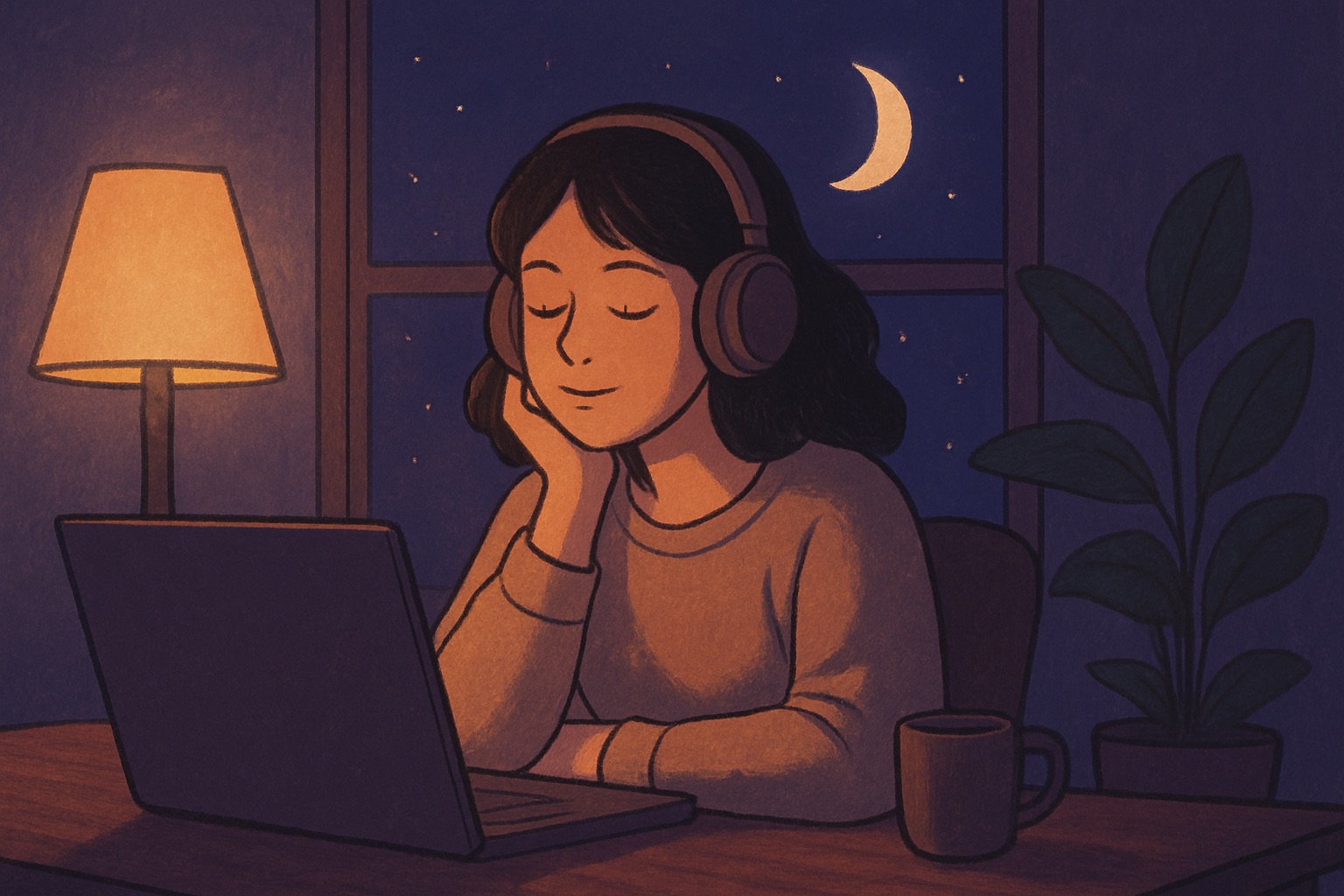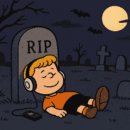The Rolling Stones Celebrate their 1976 album Black and Blue with a definitive Super Deluxe Box Set, arriving globally on November 14, 2025 from Interscope/UMe. Originally issued in April, ’76, Black and Blue now returns remixed and expanded packages across multiple formats.
A news release from UMe touts the upcoming 2025configurations
"Available as a 5LP vinyl box set and a 4CD box set, both editions include a Blu-ray disc, a hundred-page hardback book, and a replica tour poster. A limited edition 5LP version onexclusive black and blue marbled vinyl will also be available via select online retailers, alongside streamlined 2-disc and 1-disc formats on both vinyl and CD.
“The 2025 edition of Black and Blue was remixed by producer Steven Wilson. The Blu-ray disc is available only in the box sets, which incorporates Wilson’s Dolby Atmos mix alongside a hi-res stereo version.
“Black and Blue is the Stones’ 13th studio album, the first following the departure of former guitarist Mick Taylor who was eventually replaced by Ronnie Wood. The recording sessions famously served as auditions with guitar greats Harvey Mandel, Wayne Perkins, Jeff Beck, and Robert A. Johnson all contributing. Ultimately, free from commitments to The Faces, it was Ronnie Wood who joined Mick Jagger, Keith Richards, Charlie Watts & Bill Wyman as a bona fide Rolling Stone appearing on three tracks. Soon after Ronnie officially signed up for the band’s U.S. tour, starting his continuing tenure with the group across five decades with multiple live and studio albums and dozens of Stones groundbreaking world tours.”
Musically, Black and Blue showcased The Rolling Stones’ adventurous spirit by infusing reggae, funk, and soul into their signature rock sound: “Hot Stuff,” “Hand of Fate,” “Fool to Cry,” “Memory Motel” plus “Melody” featuring the keyboard and vocal talents of Billy Preston to the whole album.
They band recorded Black and Blue in Munich, Germany (Musicland studio), their mobile truck in Rotterdam, Holland, with overdubbing at Mountain Recording in Monteux, Switzerland between December 1974-October 1975, with additional overdubbing during February 1976. The album was engineered by Keith Harwood, Glynn Johns, and Phil McDonald.
The Black and Blue 2025 reissue includes a six-track disc of previously unreleased recordings, including the Jagger/Richards composition “I Love Ladies,” plus a take on Shirley & Company’s “Shame, Shame, Shame.” Also implemented are four Stones instrumental jams from the 1975 sessions featuring the guest guitarists: “Chuck Berry Style Jam” (With Harvey Mandel), “Blues Jam” (With Jeff Beck), “Rotterdam Jam” (With Jeff Beck & Robert A. Johnson), and “Freeway Jam” (With Jeff Beck).
In addition, is a full live concert recording from the bands celebrated six-night residency at London’s Earls Court Exhibition Centre, where they were joined onstage by pianist Ian Stewart, Billy Preston, and percussionist Ollie Brown.
The accompanying Blu-ray disc offers a previously unreleased TV broadcast of the Stones’ 1976 show at Les Abattoirs in Paris, plus Dolby Atmos surround sound mixes of both the studio album and the live Earls Court concert. All audio content is also available in high-resolution stereo. Rounding out the Super Deluxe Box Set is a 100-page hardback book featuring a brand-new essay by recognized Stones expertPaul Sexton, exclusive photographs from the album sessions and tour, and a replica poster from the 1976 Paris concert.
Paul Sexton started writing about music as a teenager in 1977. He penned the terrific book, Charlie’s Good Tonight: The Life, the Times, and the Rolling Stones: The Authorized Biography of Charlie Watts. His work has appeared in The Times (London), the Daily Telegraph, the Guardian, Billboard, and numerous other publications. He has made many documentaries and shows as a presenter and producer for BBC Radio 2, and is also the author of Prince: A Portrait of the Artist in Memories and Memorabilia. He lives in South London.
In October 2025, I asked Paul about his essay in the package.
“It’s always a huge honour to be invited to contribute to any Rolling Stones project, and writing the essay about Black and Blue was a great chance to tell the story behind an important staging post for the band. I remember from its 1976 release just how many critics were already writing them off and the way that such a multi-faceted and spirited album showed the Stones at their defiant best. It was also great to get Ronnie Wood’s modern-day memories about a record and an era in which, as he told me, ‘I just had the Stones in my sights.’”
Black and Blue was the second to be self-produced, credited to "The Glimmer Twins" a pseudonym used by Jagger and Richards for their roles as producers. On release it went to No. 1 on the USA album chart and stayed there for four consecutive weeks gaining immediate platinum status while in the UK Black and Blue went to No. 2 in May 1976.”

On Black and Blue is a cover of a reggae tune by Eric Donaldson, “Cherry Oh Baby.” In 1972 the Stones recorded Goats Head Soup in Kingston, Jamaica at Dynamic Sound Studios.
In a 1999 interview that appeared in my 2004 book, This is Rebel Music, Keith Richards extolled the sounds from Jamaica and the influence of the island’s culture on him.
“I think because it’s timeless music. I call it ‘marrow music.’ Not even bone music. It strikes to the marrow. It’s like a faint echo. . . The body responds to it, and I don’t know why. On Goats Head Soup, I was only really learning about Jamaica then and when you’re making records, you’re pretty much myopic.
“It was only really after recording Goats Head Soup and staying in Jamaica for several months that in certain ways, Jamaica doesn’t change that much. There’s a very solid rhythm to life there, and they seem to be able to adapt to even incoming technologies that speed the rest of the world up. What I really love about Jamaica is that they have a rhythm all their own and everybody, including yourself—after a few days you can’t get out of step, man, you know.
“It’s very easy to write in Jamaica. I don’t find it difficult to write anywhere. But in Jamaica, it’s particularly easy because they are so musically oriented, the Jamaicans. I mean to be quite honest with you the Jamaicans do nothing without music. Which for a musician is fantastic! Because, even if you’re not playing music in your own house, you can hear half the town below in little villages and there’s music playing. They do everything to music. It’s an open environment when we record.”
In July 1975, I interviewed Billy Preston at his home in Topanga Canyon just after the Rolling Stones’ 1975 tour of America. Our conversation was published in the August 2, 1975 edition of the now defunct Melody Maker. Keyboardist, singer, and songwriter Preston worked with Ray Charles, Little Richard, Sam Cooke, the Everly Brothers, Reverend James Cleveland, the Beatles, and the Rolling Stones. He was inducted into the Rock and Roll Hall of Fame in 2021.
"In Boston head of the dragon broke and the air pressure blew me off the stage right into the front row," recalled Preston. "Well, we didn't rehearse in the traditional sense. There were times when it didn't seem like we were ever gonna get it together. When we got on stage everything started falling into place," underscored Billy, whose Gospel/spiritual based free-form rock and roll fits nicely within the Stones' music.
Besides lending his talents to the last few Rolling Stones' albums, Billy toured with the group on their European '73 tour. He also did his own 45-minute spot.
“I like this tour much better. There's not as much work, mainly 'cause I'm not doing a solo set. One thing that is happening in this show that didn't happen last time is Bill Wyman playing synthesizer, Ronnie plays bass on a number and Mick plays guitar on 'Fingerprint File'. This band is loose and things happen all the time. The Stones are also doing a couple of my songs and Ollie plays drums. I thought it would be nice to do something old and new. Lots of people told me how much they dug Keith riffing on one it my tunes. It's been really beautiful."
Billy lives in the hills of Topanga, way above the smog of Los Angeles. As we strolled around his ranch, he compared the Stones' recent shows with George Harrison’s 1974 tour where most of the time Billy salvaged the often boring/voice-impaired show.
"I like more of livelier show and the Stones are much more-livelier than George. Although I enjoyed playing on the Harrison tour, this one is more fun, faster paced and more of a rock and roll thing.
"The Stones are a lot more R&B orientated. It feels like I've been playing with them for years. We're a family. All the guys are hanging out together and definitely getting off on each other. Keith is really enjoying playing with Ronnie. This time round people are a lot happier. The music isn't as laid back and Keith and Ronnie are really clicking. The band is doing a lot of things they've never done in America. It's been a pretty good tour so far, not nearly as exhausting as the last few I've done."
In a 2002 interview I conducted with Bill Wyman. I asked him about the Rolling Stones’ concerts in the mid-seventies.
“The band was great live always. Always. The Stones were a better live band than any other band at that time. I’m not saying they were the greatest songwriters or the greatest recording artists, but they were the best live band wherever you went. You could go up on stage and blow everybody away no matter who they were.
“I always thought…As long as me and Charlie could had it together, then the rest of the band could do what they’d like and it worked. And that’s what happened in the studio, and that’s what happened live. Me and Charlie were really always on the ball, always straight, always together and had it down. If we had our shit together, we got it right. What he was doing and what I was doing, standing next to him and watching his bass drum, and all that, which a lot of bass players don’t do, stupidly, once we got our thing going, and the group was there, then anything could happen. That’s all there was. There was simplicity. It wasn’t how many notes you played, it’s where you left nice holes and I learned that from Duck Dunn and people like that.”
Veteran music business legend Marshall Chess is the son of Leonard and nephew of Phil Chess, the dynamic duo who founded the monumental Chicago-based blues label. After departing from Chess Records in 1969, Marshall formed and served as President of Rolling Stone Records for seven years. He helped create the Rolling Stones famous tongue and lip logo and was involved as Executive Producer on 7 Rolling Stone #1 albums from 1971-1977.
In October 2025, Marshall emailed me reflections on Black and Blue and his 1970-1977 tenure with the Rolling Stones.
“When we made Black and Blue, I was in my fourth or fifth year helping to found and run Rolling Stones Records. I’ve always considered myself the executive producer of the Stones albums created during my time at the label. It was my job to pull everything together to make each record possible — every detail from recording sessions and studios to sidemen, cover art, marketing, and promotion. I was a record man. That’s what I did.
“I have a few vivid memories from that period. One was arranging for the great fashion photographer Hiro to shoot the Black and Blue cover. He chose Naples, Florida, because he thought the light there would be perfect — even though it wasn’t summer. I remember arranging with Atlantic Records to use their private jet, and we stayed in empty condominiums on the beach for two or three days while shooting the cover.
“Production-wise, it was a tense and transitional time. Mick Taylor had left the band, and Ronnie Wood was gradually becoming a full-time member. I remember going with Keith to Ronnie’s house outside London to discuss the transition. It was a complicated production — so many different musicians involved, the Glimmer Twins stepping into the producer role after Jimmy Miller, and all the logistics of coordinating the sidemen who played on the record. But in the end, it all came together. Listening to it again tonight, I realize Black and Blue stands as one of the best albums from my seven years running Rolling Stones Records.
“I was involved at this time in tweaking. ‘Less bass here.’ Some sequencing. I am hearing fantastic sounds. It was locked together. We had meetings and discussions with Atlantic sales people. I knew how to do this. I was a record man. I was involved with the cover and the manufacturing. The whole thing. The record came right out of the shoot. The band started growing.
“The songwriting used to mystify me. Because some songs would have rough lyrics, and then make a track, and come go back and come back with new lyrics. Sometimes Keith would write all the lyrics. You never knew. Then Mick would write everything. You never knew. One some tracks we used to have Nicky Hopkins. When they would get stuck, they would bring in a keyboard player in and it would change everything. The whole rhythm section. It depended on who wrote the song. Did the lyric come before the track, or did the track come first. Then they would disappear and write separately.
“One of the best things I ever got from the Stones, Mick, Keith was being in the studio in those mental states of history. An individual song changes the meditation in a way. The different rhythm changes what it does to you. Great music, man. It’s got that magic. When it happens, you have to look back. Black and Blue was my last thing when I worked with them. It’s all stayed together to me as one big lump.”
I told Marshall I saw 5 concerts by the band in 1975.
“On stage the Stones have the alchemy, the magic of becoming one,” Chess marveled. “Check me out. When bands lock together, and become as one, it’s much greater than any individual. It becomes a very magical thing. Music is a very magical thing. Music can conjure up magic, and they, by not on purpose, by fate, chance, whatever you want to call it, they make magic sometimes. And not every time they play. But they make it on their records, they make it live. Even when they played badly people get carried away with it. I’ve seen that one. I used to tour with them. Keith…Just a brilliant intellect. Mick, Keith and Charlie have a fantastic intellect.”
(Harvey Kubernik is the author of 20 books, including 2009’s Canyon Of Dreams: The Magic And The Music Of Laurel Canyon, 2014’s Turn Up The Radio! Rock, Pop and Roll In Los Angeles 1956-1972, 2015's Every Body Knows: Leonard Cohen, 2016's Heart of Gold Neil Young and 2017's 1967: A Complete Rock Music History of the Summer of Love. Sterling/Barnes and Noble in 2018 published Harvey and Kenneth Kubernik’s The Story Of The Band: From Big Pink To The Last Waltz. In 2021 the duo wrote Jimi Hendrix: Voodoo Child for Sterling/Barnes and Noble.
Otherworld Cottage Industries in 2020 published Harvey’s Docs That Rock, Music That Matters. His Screen Gems: (Pop Music Documentaries and Rock ‘n’ Roll TV Scenes) is scheduled for 2025 publication. 2 Kubernik 2027 book titles will be announced in the future.
Harvey wrote the liner notes to CD re-releases of Carole King’s Tapestry, The Essential Carole King, Allen Ginsberg’s Kaddish, Elvis Presley The ’68 Comeback Special, The Ramones’ End of the Century and Big Brother & the Holding Company Captured Live at The Monterey International Pop Festival.
During 2006 Kubernik appeared at the special hearings by The Library of Congress in Hollywood, California, discussing archiving practices and audiotape preservation. In 2017 he lectured at the Rock and Roll Hall of Fame in Cleveland, Ohio, in their Distinguished Speakers Series. Amidst 2023, Harvey spoke at The Grammy Museum in Los Angeles discussing director Martin Scorsese's The Last Waltz music documentary.
In 2014, Kubernik was a consultant and interviewed for an examination of the musical legacy of Los Angeles for the Australia television series Great Music Cities for Australian subscription television broadcaster XYZnetworks Pty Ltd (www.xyznetworks.com.au). Slash, Brian Wilson, Steve Lukather, Lonn Friend and Keith Richards were also lensed for the project.
Kubernik was interviewed and spotlighted in for the 2025 documentary, The Sound of Protest being broadcast on the TVOD Apple TV broadcasting service. https://tv.apple.com › us › movie › the-sound-of-protest. Director Siobhan Logue’s endeavor features Smokey Robinson, Hozier, Skin (Skunk Anansie), Two-Tone's Jerry Dammers, Angélique Kidjo, Nina Simone, Holly Johnson, David McAlmont, Rhiannon Giddens, and more.
Harvey is also an interview subject with Iggy Pop, the Beach Boys’ Bruce Johnston, Love’s Johnny Echols, the Bangles' Susanna Hoffs, Victoria and Debbi Peterson, Rodney Bingenheimer, and the founding members of the Seeds in director Neil Norman’s documentary The Seeds - The Seeds: Pushin' Too Hard. This November 2025, a DVD with bonus footage will be released via the GNP Crescendo Company.
Photo by Hiro (1976)














